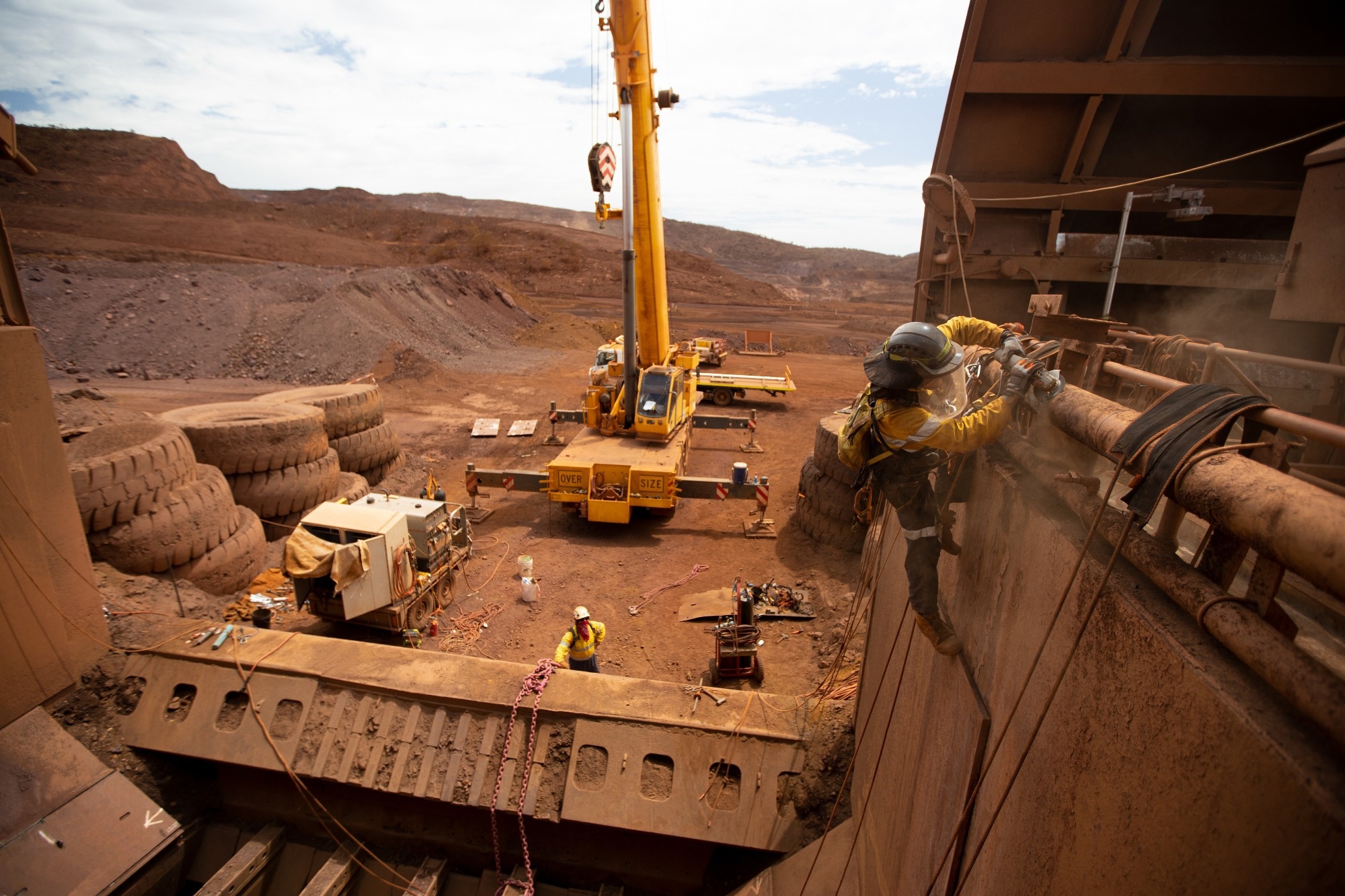A recent study published in Scientific Reports explores how self-involvement and psychological traits shape safety risk decision-making among miners, using electroencephalography (EEG) to investigate the neural underpinnings of these processes.

Image Credit: King Ropes Access/Shutterstock.com
What Affects Risk Perception and Decision-Making in Mining?
Research has long shown that complex cognitive demands, emotional states, and personal psychological traits influence risk perception and decision-making.
Behavioral decision-making theories emphasize the roles of motivation, attention, and emotional regulation, particularly when people face safety-critical choices.
On the neural side, event-related potentials (ERPs) - specifically the P300 and late positive component (LPC) - have been established as key markers of how the brain evaluates information and allocates attention during decision-making tasks.
Self-involvement, or whether a person perceives a risk as personally relevant, plays a pivotal role in shaping these neural responses.
When individuals view a situation as directly affecting them, they tend to devote more cognitive resources and show heightened neural activity. In contrast, when the risk applies to others, their responses often reflect lower emotional engagement and motivation.
Building on this, the researchers hypothesized that self-involvement significantly affects miners’ risk-related behavior, and that EEG could provide insights into the cognitive and emotional mechanisms at play. They also considered the role of “unsafe psychology” - a set of traits that may predispose miners to take more risks or misjudge hazards - drawing from prior work linking such traits to safety behavior in high-risk environments.
The Current Study
The researchers designed a lab-based experiment using EEG to monitor brain activity while miners engaged in simulated safety risk decision-making tasks.
Participants were grouped based on their levels of unsafe psychological traits, which were measured using validated questionnaires assessing emotional states and predispositions toward unsafe behavior.
Each participant completed a series of tasks featuring scenarios with safety risks. These scenarios were presented in two contexts: self-involved (where the risk affected the participant directly) and non-self-involved (where the risk affected coworkers or the surrounding environment). Alongside EEG recordings, researchers tracked behavioral data, including reaction times and decision accuracy.
The EEG analysis focused on the P300 and LPC components to evaluate how attention and cognitive processing varied between conditions and participant groups. Rigorous data cleaning procedures, including artifact removal and segmentation, were applied to ensure reliable results. Statistical analyses then compared neural and behavioral responses across different psychological profiles and levels of self-involvement.
Self-Involvement Influences Decision-Making in Mining
The findings clearly showed that self-involvement significantly influenced decision-making. When the risk directly affected them, miners - especially those with high unsafe psychological traits - took longer to make decisions and exhibited stronger neural responses. Specifically, the P300 amplitude increased in self-involved scenarios, indicating greater attention and mental effort.
Interestingly, in non-self-involved scenarios, participants with safer psychological profiles showed higher P300 and LPC amplitudes, suggesting they remained engaged even when the risk was not personal. These patterns suggest that people invest more cognitive and emotional resources when the stakes feel personal, which may lead to more cautious behavior.
The authors interpret these results through the lens of risk perception theory: when individuals feel personally at risk, they process information more deeply, potentially leading to safer choices. In contrast, those with unsafe psychological tendencies may downplay risks that do not directly affect them, which could increase the likelihood of unsafe behavior.
This study provides compelling evidence that self-involvement plays a key role in how miners assess and respond to safety risks, with both behavioral and neural data supporting this conclusion.
When risks are personal, miners show greater cognitive engagement, as seen in elevated P300 and LPC responses. Meanwhile, unsafe psychological traits appear to reduce sensitivity to risk, especially when the perceived threat is indirect.
Training Programs for Safer Mining
These insights highlight the importance of integrating psychological assessments into safety management. Training programs emphasizing personal responsibility and relevance may be particularly effective for individuals with unsafe tendencies. Moreover, using neural markers such as ERPs could enhance safety evaluations by offering deeper insight into how workers process risk.
Future research could expand on these findings by increasing sample sizes, enhancing the realism of simulated scenarios, and exploring other psychological and emotional influences on decision-making. Ultimately, this line of work aims to support safer practices and more responsive safety systems in the mining industry.
Source:
Tian S., Su Z., et al. (2025). How Self-Involvement affects miners’ safety risk Decision-Making: an ERP study. Scientific Reports 15, 23275. DOI: 10.1038/s41598-025-06933-7, https://www.nature.com/articles/s41598-025-06933-7